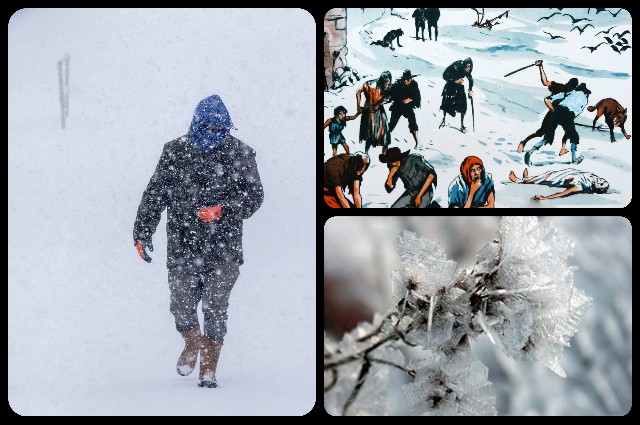As a result of these factors, the winter of 1709 had a profound impact on people and society. The freezing temperatures led to widespread crop failure, resulting in severe food shortages and famine. Many people, especially the poor and vulnerable, struggled to survive during this time.
The winter also had significant social and economic ramifications. The lack of food and resources led to increased social unrest, with riots and looting becoming more prevalent. Trade and commerce were severely disrupted, as transportation routes were blocked by snow and ice. In addition, the harsh winter conditions also caused many deaths, particularly among the elderly and those who were unable to find shelter and warmth.
Despite the notable impact of the winter of 1709, accurately documenting its effects has proven challenging. At the time, technology and means of communication were limited, resulting in fragmented and unreliable historical accounts. Furthermore, the severity of the winter meant that many records and documents were destroyed or lost.

However, some evidence of the winter’s impact can still be observed today. For instance, the scarcity of certain plant and animal species in certain regions of Europe can be attributed to the extreme conditions of that winter. Additionally, the stories and oral traditions passed down through generations provide valuable insights into the hardships faced by people during this time.
In conclusion, the winter of 1709 was a remarkable weather event in European history. Its extreme temperatures and far-reaching consequences left a lasting impact on people and society. While the accurate documentation of this winter has been challenging, its effects are still visible today in various aspects of European culture and ecology.
La Niña and El Niño are two meteorological phenomena that have a global impact on climate conditions. La Niña is characterized by colder than usual ocean temperatures near the equator in the Pacific Ocean, leading to cooler temperatures in North America and Europe. On the other hand, El Niño is characterized by warmer ocean temperatures in the same area, resulting in higher temperatures in these regions. In the winter of 1709, the convergence of these two phenomena led to extremely cold weather conditions in Europe.
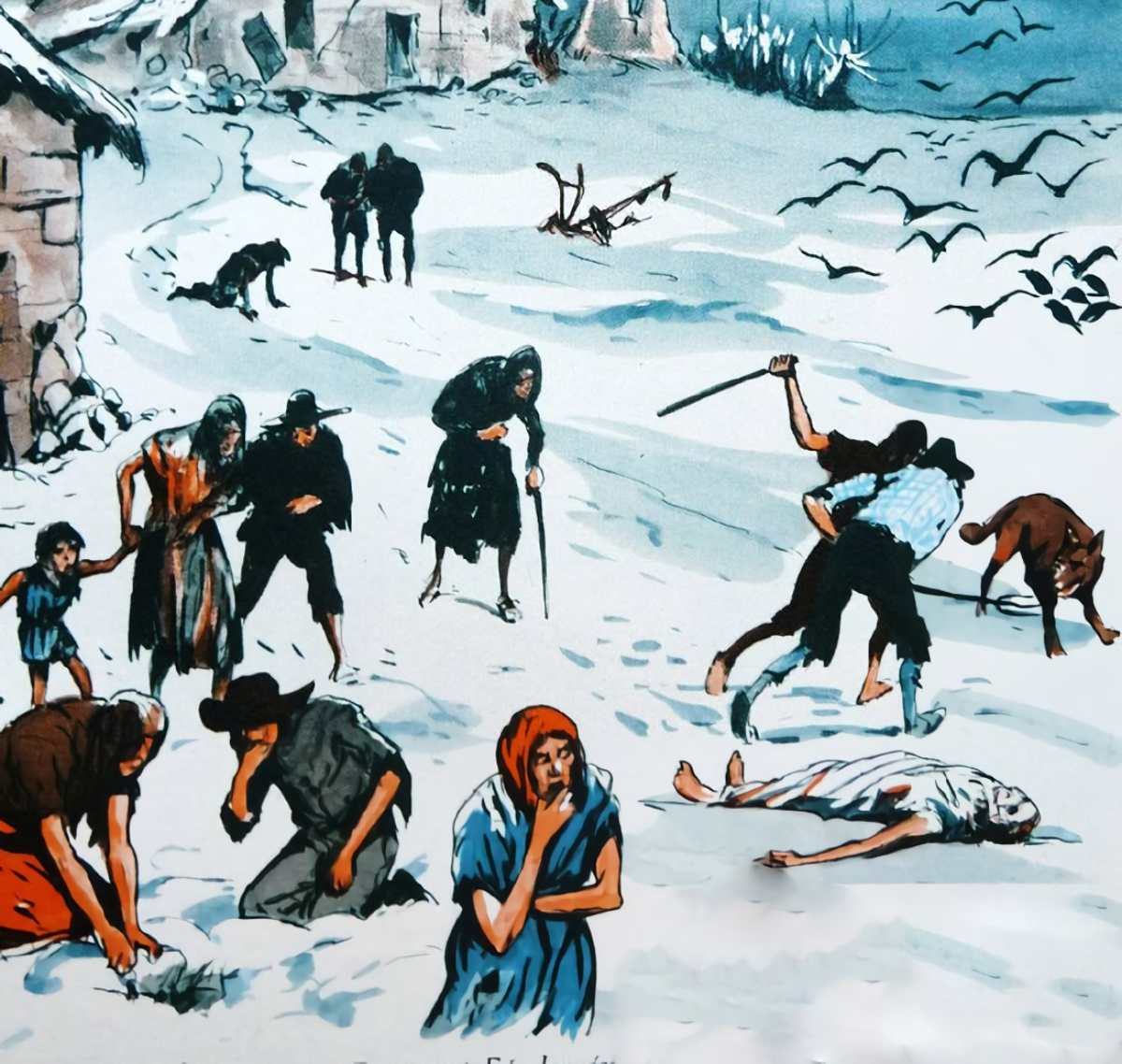
During the period known as the Maunder Minimum from 1645 to 1715, solar activity was exceptionally low. This decrease in solar activity is believed to have caused global cooling, which may have contributed to the extreme cold experienced in Europe during that time.
Adding to the severity of the freezing conditions, the eruption of the Laki volcano in Iceland created a veil of aerosols that blocked sunlight from reaching Europe. This further intensified the already cold temperatures. Additionally, the reduction in sea ice around the Arctic Ocean allowed cold Arctic air to travel southward into Europe more easily than usual, resulting in even colder conditions on the continent.
Furthermore, it is important to acknowledge that the frigid winter experienced in 1709 was not an isolated event, but rather a result of the ongoing trend known as The Little Ice Age. Prior to 1709, Europe had already witnessed several years of extreme weather fluctuations, indicating that the winter of 1709 was part of a larger pattern rather than an abnormal anomaly.
One of the key factors contributing to the unprecedented cold temperatures in 1709 was the abnormal jet stream patterns. The jet streams, powerful winds that typically blow from west to east, can deviate from their usual path due to changing weather conditions. In this particular case, a particularly strong polar vortex caused the jet stream to shift northward, ushering in frigid air from the Arctic and allowing it to spread across Europe.

As a result of this displacement of air, temperatures plummeted to as low as -40 Celsius in some regions of Europe. This extreme cold had dire consequences, leading to widespread famine and disease throughout the continent during that winter. Moreover, the lasting impact of the harsh winter can be seen in the societal changes it brought about. The struggle to survive with limited resources during this period prompted increased nationalism and the adoption of new agricultural practices as communities sought to adapt and cope with the harsh conditions.
Due to limited technology and scientific study at the time, historical accounts of the winter were inaccurate. However, by examining climatic records, we now understand that the winter was influenced by abnormally strong winds from the east and an unusually strong polar vortex. These factors caused the jet stream to shift northward, resulting in colder air spreading across Europe during that time.
Having knowledge about how jet streams work can assist us in preparing for future extreme weather events and predicting climate trends more precisely. By monitoring these global wind patterns, we can anticipate and take appropriate action against potential extreme weather events similar to what occurred in 1709, ensuring we are proactive in dealing with them before they become too severe.
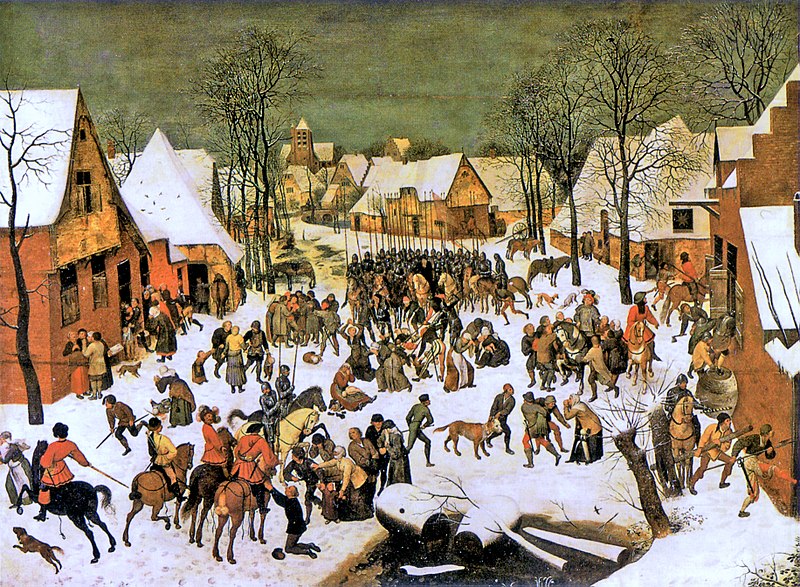
One crucial factor contributing to the cold temperatures experienced in the winter of 1709 was volcanic activity in Europe. The eruption of Mount Etna, located on the east coast of Sicily, in late 1708 played a significant role in this. The eruption released ash and sulfur dioxide particles into the atmosphere, which obstructed sunlight, leading to further cooling of temperatures. The temperature decrease caused by the volcanic eruptions persisted for several years afterward.
The eruption of the Laki volcano in June of 1783 is also believed to have had a global impact on temperatures that year. Located in Iceland, this eruption lasted for 8 months and released aerosols into the atmosphere. As a result, there was a decrease in solar radiation reaching the Earth’s surface, causing significant cooling both locally and globally. This eruption has been connected to crop failure in Europe and the occurrence of famine-related deaths in multiple countries.
Additionally, volcanic eruptions can affect ocean temperatures. When ash is expelled into the atmosphere, it cools down the ocean waters by blocking sunlight from warming them up. This may have contributed to the colder air temperatures experienced in Europe during the period of 1709-1710.
The extreme weather caused by volcanic activity had far-reaching consequences, including famine, disease, migration, and long-term effects on society. It led to the rise of nationalism and the development of new agricultural practices to adapt to the changing climate conditions. Unfortunately, our understanding of these events is limited because of the lack of technology and scientific study at that time. Nonetheless, it is evident that volcanic eruptions played a significant role in shaping European history during this period and beyond, and are likely to continue to have a major impact as we face a changing climate in the future.
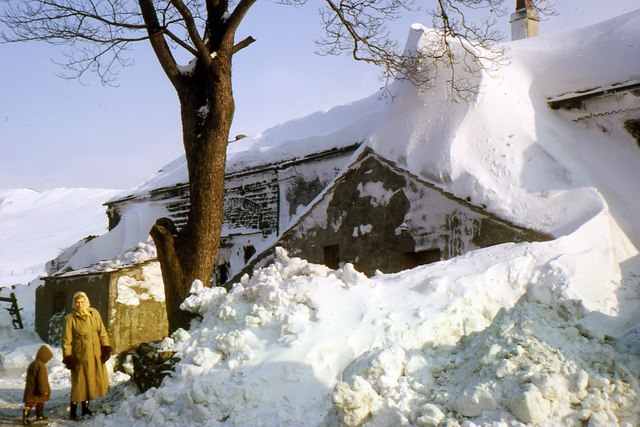
The winter of 1709 brought about dire consequences for both humans and nature, as bone-chilling temperatures wreaked havoc. Livestock and animals perished, unable to withstand the freezing cold, while many individuals succumbed to frostbite, hypothermia, and the throes of hunger. Additionally, the frigid air obliterated crops, plunging communities into economic hardship, poverty, and an alarming rise in homelessness.
Not only did physical well-being suffer, but the relentless winter also dealt a heavy blow to mental health. Depression and anxiety plagued countless individuals who found themselves ill-equipped to cope with the merciless cold. In their quest for survival, many were compelled to abandon their homes in pursuit of warmer climates. This surge in migration within Europe only compounded the stress and turmoil for those who had left their familiar surroundings behind.
Amidst the adversity, the harsh conditions spurred ingenuity and resourcefulness in the form of innovative agricultural practices. These breakthrough methods enabled farmers to nurture crops despite the freezing temperatures. Though these creative solutions played a pivotal role in keeping families alive during this arduous period, they often came at a steep price, as they were unable to fully sustain themselves for extended timeframes.
The severe temperatures resulted in severe consequences, including famine and disease. Survivors endured months of frostbite, hypothermia, and malnutrition due to scarce food supplies. The situation worsened when cholera and typhoid fever rapidly spread among the local population. Additionally, frozen rivers and lakes hindered access to fresh water, leading to a devastating 10-15% decrease in population due to starvation and illness.
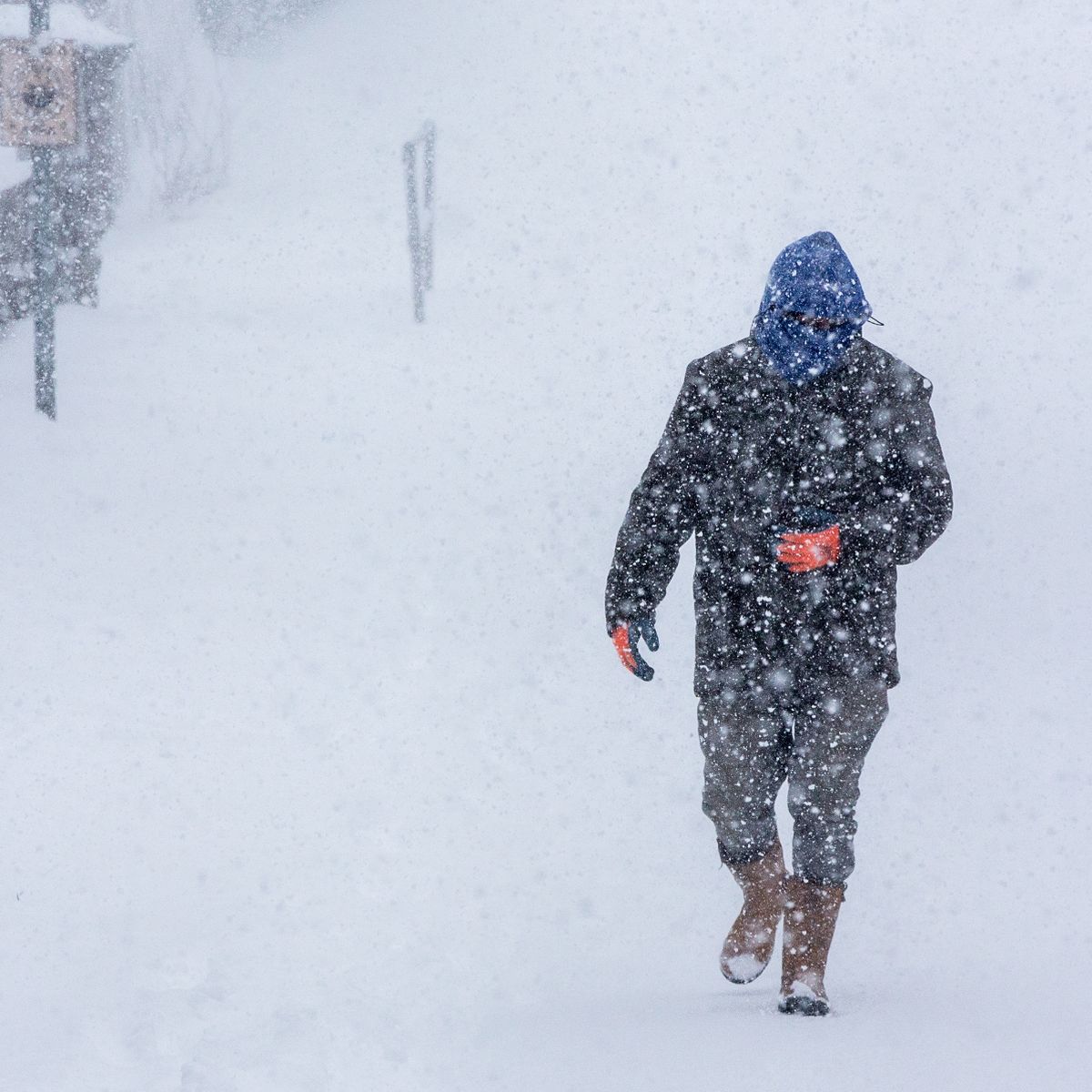
Faced with these desperate circumstances, numerous families were compelled to migrate in search of resources and better opportunities elsewhere. Furthermore, this period witnessed the adoption of innovative agricultural techniques that allowed people to cultivate crops suitable for colder climates and make extensive use of greenhouses.
Amidst the evident physical suffering, it is crucial to acknowledge the immense mental distress endured by those living through these conditions. With no control over their environment or future prospects, many found solace in nationalism as a means of coping. They embraced cultural differences and nurtured stronger bonds within their communities to navigate through their dire situation.
The winter of 1709 had a profound and lasting impact on Europe, affecting its physical and social landscapes in various ways. The extreme cold temperatures witnessed during this time prompted a significant migration across the continent. This movement of people brought about numerous changes, including alterations in power dynamics between countries, an increase in cultural diversity, a surge in nationalism among settlers, and the spread of diseases that had devastating consequences for many communities.
The severe weather conditions of the winter led to a decline in crop yields, causing famine and a higher mortality rate, especially among the impoverished. This crisis compelled farmers to devise innovative methods to manage their livestock and crops, instilling a heightened sense of nationalism among those determined to protect their land from foreign invaders.

Additionally, the mass migrations that occurred during this period had far-reaching effects on both the physical and social aspects of Europe. Some countries experienced population growth as newcomers arrived, while others suffered depletion due to famine and diseases arising from the extreme climate. This influx of diverse populations also contributed to the growth of cultural diversity, as people adapted to new surroundings with their unique customs and beliefs.
Regrettably, the accuracy of details from this era is sometimes uncertain due to the limited scientific understanding of the time. Reports often exaggerated the severity of the temperatures as the knowledge of climate science was not advanced. Nevertheless, the winter of 1709 undeniably left an indelible mark on Europe, with its consequences still felt today. Consequently, it remains an essential and defining moment in European history.
During the harsh winter of 1709, Europe faced a serious food shortage, prompting farmers to innovate and discover new agricultural practices that could withstand extreme temperatures. These practices included crop rotation, the cultivation of cold-resistant fruits and vegetables, the widespread use of fertilizers, and an increased reliance on animal labor to compensate for a lack of human workers.
Crop rotation emerged as a noteworthy breakthrough during this period. By alternating different crops in the same field each season, farmers were able to replenish nutrients in the soil and significantly enhance their yields. They also ventured into planting crops that were better suited to endure freezing weather conditions, thereby ensuring a continuous food supply during the winter months.
The development of fertilizers played a crucial role in improving agricultural output. By boosting nutrient levels in the soil using manure or other organic materials, farmers were able to significantly increase their yields and reduce their dependence on imported fertilizers. This breakthrough also deepened their understanding of how different plants react to various types of soils and fertilizers, knowledge that is still relevant in modern agricultural practices.

Due to the scarcity of human labor caused by famine and disease, animal labor became an essential element during this era. Horses and oxen were employed for plowing fields and transporting goods over long distances, enabling greater efficiency in food production compared to relying solely on manual labor. This increased dependence on animal labor also gave rise to improved horse breeding techniques that persist to this day.
These agricultural advancements ensured the survival of society in the face of extreme weather conditions during the winter of 1709 and laid the groundwork for future agricultural progress across Europe. By implementing crop rotation, introducing cold-resistant fruits and vegetables, employing fertilizers, and relying more heavily on animal labor, farmers were able to sustain food production in harsh conditions. Moreover, these innovations provided valuable insights into how plants thrive in different environments, knowledge that continues to be employed by modern scientists studying agriculture.
The winter of 1709, known as the “Big Freeze,” had a profound impact on Europe and led to an increase in nationalist sentiment. Due to limited technology and scientific study at the time, historical reports of the event were inaccurate and often exaggerated. This has hindered our understanding of the true extent and global nature of the winter of 1709.
During this extreme cold period, trade between nations was severely disrupted, causing countries to prioritize their own interests and seek self-sufficiency. This gave rise to a sense of nationalism, as each country looked for a scapegoat for their hardships and sought to protect their citizens. Additionally, the prevailing belief that natural disasters were punishments from God fueled the notion of national superiority, as countries compared their level of suffering to others.
The increase in nationalism had long-lasting effects on European politics. It fostered a sense of national identity and pride in one’s country, as well as a focus on agricultural reform and self-sufficiency. Governments implemented protectionist policies to promote local production and discourage foreign imports. Internal migration between states was also discouraged to preserve national identity.

Moreover, investments were made in infrastructure such as roads, ports, railways, and canals, making transportation easier within countries but creating barriers between them. This further strengthened the power and independence of individual nation-states over international bodies.
Although historical reports of the winter of 1709 are limited and inaccurate, the impact of the event is still felt today. The increase in nationalist sentiment brought about by the extreme cold drove people together under a common cause, while also encouraging them to view themselves as unique and separate entities. The consequences of this event continue to resonate, shaping our understanding of national identities and impacting political, economic, and social developments throughout history.
Due to the limited technology available in 1709, observations of the winter event were made without precise measurements or instruments, which introduces the possibility of incomplete or incorrect accounts. Furthermore, the lack of scientific study during that time means that certain details may have been overlooked or misinterpreted over the years. Additionally, the tendency for exaggeration or embellishment of events can contribute to a misunderstanding or misrepresentation of the actual occurrences.
Moreover, it is crucial to acknowledge that some historical reports fail to acknowledge the global nature of the event. Different populations and regions were affected in various ways by the extreme cold temperatures, leading to famine, disease, migration, and societal changes.
These inaccuracies in historical reports have significant implications for our understanding and interpretation of past events. The absence of precise information regarding the winter of 1709 hinders our ability to fully comprehend its impacts on society as a whole. Therefore, it is imperative to consider all available sources when researching this period, in order to obtain a more comprehensive understanding. By doing so, we can ensure that future generations have access to accurate information about this pivotal moment in history, enabling them to learn from our mistakes and make informed decisions regarding the management of extreme weather events in the future.
